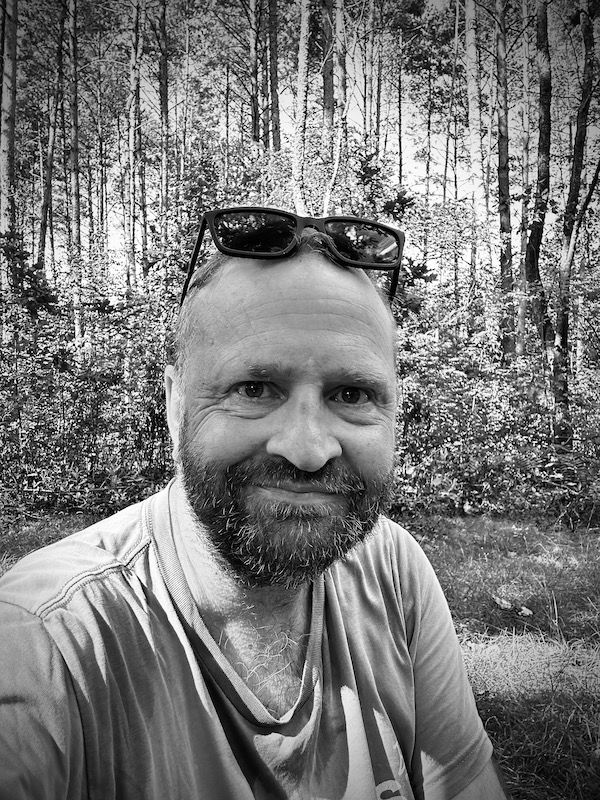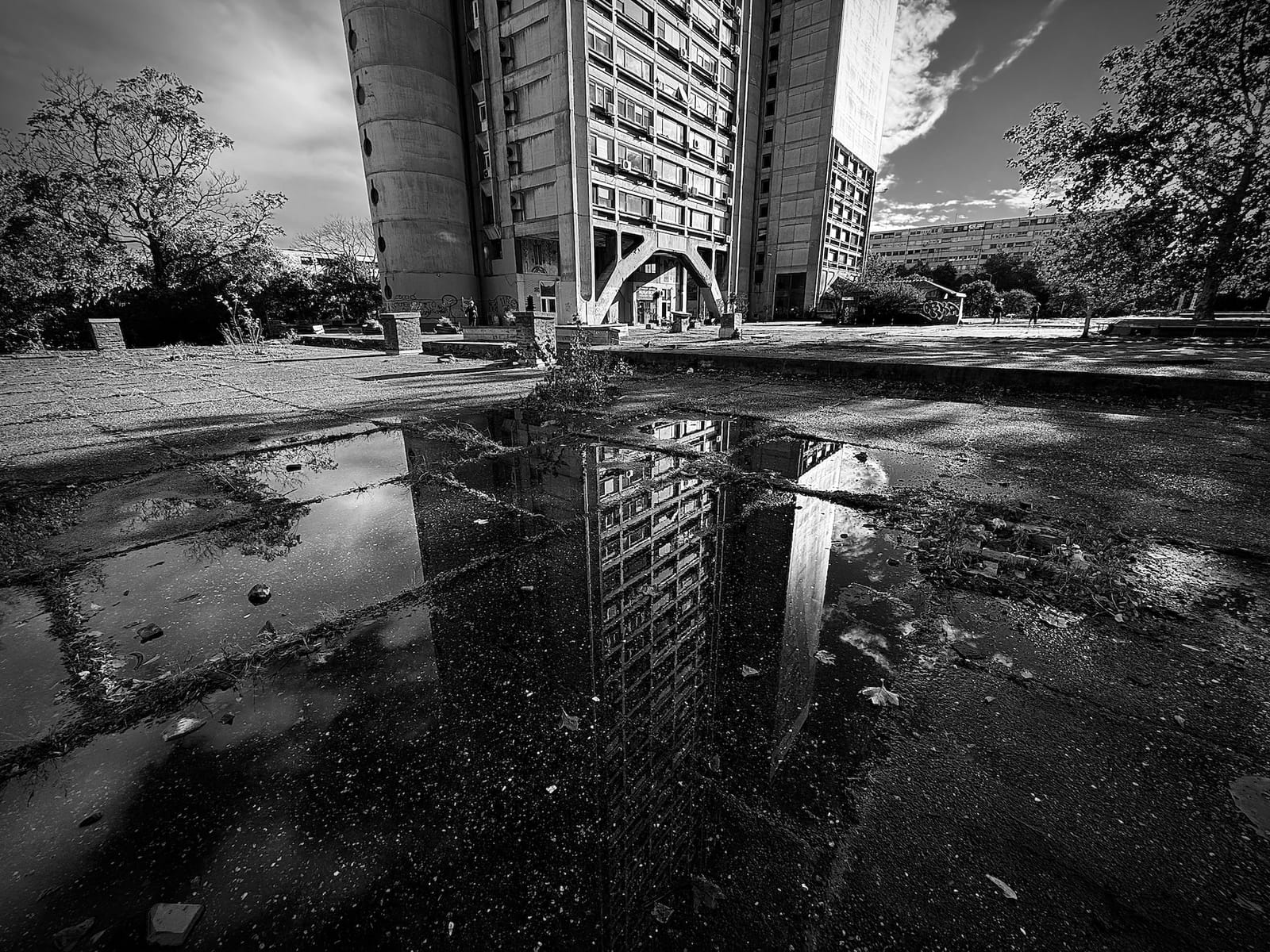I was only a kid when I discovered my first recovery room.
Of course, at such a young age it wasn't in a clinic or a therapist's office. That all came later. It was in fact under the sweeping branches of a magnificent willow tree in our back garden, where I built what my family simply referred to as "Dave's Den." For years, whenever the world felt too loud or complicated, I'd disappear under those drooping green curtains.
My parents (and the neighbours) thought it was cute - a shy kid playing in his fort. But looking back now, years into my work helping others find their path to sobriety, I realise that willow tree taught me everything I needed to know about creating sanctuary.
It also taught me something I wouldn't understand until much much later: that the seeds of recovery are often planted long before we know we'll need them.
The Architecture of Safety
You see, under those branches, I had everything exactly as I needed it. No clutter. No chaos. Just the filtered green light dancing on my skin, the hypnotic whisper of leaves rustling overhead, and space to think without interruption. I'd sit there for hours, not doing much of anything that would seem productive to an adult (or even playful to a child) - just being present with myself in a way that felt both foreign and essential.
Even as a child, I was unconsciously creating what I now recognise as the perfect therapeutic environment: contained, safe, aesthetically pleasing, and entirely under my control. I was curating my own healing space without even knowing what healing meant.
The willow tree didn't judge. It didn't ask questions. It simply held space for whatever version of me showed up that day - angry, confused, curious, or quietly content. In its embrace, I learned that sanctuary isn't about having answers; it's about having permission to exist exactly as you are.
Solitude vs. Isolation: The Difference That Changes Everything
There's a crucial difference between chosen solitude and imposed isolation, though it took me decades to understand it. Under the willow tree, I was choosing to be alone—creating space to process, to dream, to simply exist without performance or expectation. I was with myself, not running from myself.
Later in life, when alcohol became my coping mechanism, I would tell myself I was seeking the same thing. But here's the revelation that hit me like a freight train during my recovery: addiction doesn't create sanctuary; it creates prison. The difference is that healthy solitude connects you more deeply to yourself, while addiction severs you from everything - including your own authentic self.
I thought I was still building sanctuaries honestly, but I was actually constructing elaborate cages. The bottle became my willow tree, except this tree had thorns that cut deeper with each visit.
The Pattern That Saved My Life
Throughout my life, I've returned to this pattern like a moth to flame: finding or creating spaces that feel composed, intentional and safe. My dark room where I developed photographs until the red light became my meditation. The quiet corners of libraries where knowledge felt like prayer. The anonymous freedom I found wandering through Warsaw with my camera, where every street corner became a potential sanctuary.
But it wasn't until I was having withdrawal seizures - my body literally shaking me awake from the delusion that I could sanctuary myself with poison - that I started to understand the pattern fully.
When I finally got sober eight years ago, one of the first things I did was recreate that sense of sanctuary - not under a tree this time, but in the recovery community that became my new safe space. Like that willow tree, Five Wats to Recovery in Leeds was contained, protective, and entirely focused on healing. But unlike my childhood solitude, this sanctuary included other people who understood exactly what I was trying to build.
That's when the final piece clicked: the most powerful sanctuaries aren't just individual - they're communal. They're spaces where your story doesn't make you an outsider but brings you home.
Designing Recovery Like Architecture
Today, when I work with people through my Phenomenal Sobriety Program, I see the same desperate hunger in every client: the need for a space that feels safe enough to do the real work of transformation.
They arrive like I did - exhausted from trying to build sanctuaries out of substances that only construct stronger prisons.
Not everyone needs a willow tree, but everyone needs their version of sanctuary. Some find it in morning meditation that feels like prayer. Others in evening walks where each step becomes a conversation with possibility. Some in creative practice that turns pain into beauty, others in community connection that transforms shame into belonging.
The medium doesn't matter - what matters is recognising that recovery requires space that is:
- Contained: Clear boundaries that separate healing space from the chaos of daily life, like my willow branches that created a natural room
- Chosen: Voluntary retreat, not imposed isolation - the difference between sanctuary and prison
- Composed: Aesthetically pleasing enough to settle your nervous system, because beauty is medicine
- Consistent: Reliable access whenever you need it, like roots that go deep enough to weather any storm
The Invitation That Changes Everything
If you're struggling with drinking, or any pattern that's stealing your peace, I want you to consider this: Where is your willow tree? Where do you go - or where could you go - to simply be with yourself without judgment, without performance, without the need to be anyone other than who you are?
Here's what I wish someone had told me decades ago: the sanctuary you're looking for isn't at the bottom of a bottle. It's not in the next achievement, the next relationship, or the next escape. It's in the space you create - physical, emotional, spiritual - where your authentic self can finally breathe.
Recovery isn't just about stopping drinking. It's about remembering how to build sanctuaries that actually sanctuary you. It's about becoming the architect of your own healing space instead of the prisoner of your own coping mechanisms.
Sometimes that starts with something as simple as finding your tree. Sometimes it starts with admitting that the tree you've been hiding under has become the very thing you need rescuing from.
Either way, the sanctuary you seek is closer than you think. It's waiting for you to stop running and start building.
What spaces have provided sanctuary in your life? I'd love to hear about your own versions of the willow tree in the comments below. Sometimes sharing our sanctuaries helps others remember how to build their own.






